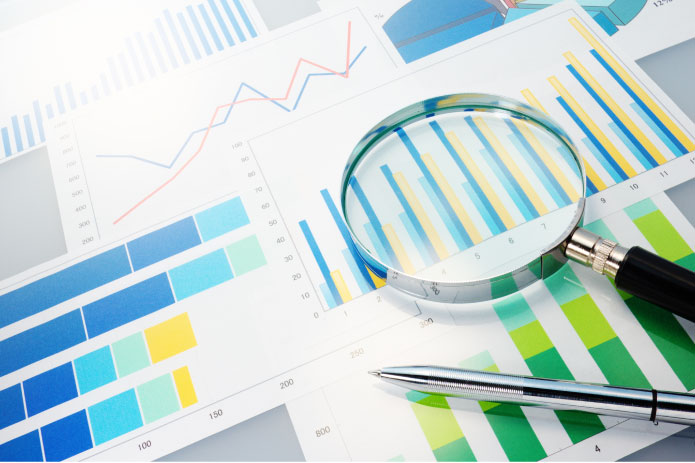In the era of digital marketing, consumers demand increasingly personalized and relevant experiences for themselves. On the other hand, providing this level of personalization on a large scale without raising production costs has become one of the biggest challenges in advertising.
Today, every audience segment demands personalized messages, requiring the production of a massive amount of materials for different channels and formats. This is because campaigns now need to be tailored to very specific audiences, taking into account their behaviors, interests, and demographic data. To further complicate things, there is the use of A/B testing – which is crucial to work with hypotheses and creative variations, increasing the effectiveness of campaigns.
Obviously, this level of detail is a leap from what was done previously, but it also exponentially increases the complexity of the process. Without the right tools, this whole new process tends to become financially unfeasible, as well as an impractical burden on creative teams.
Based on the insights highlighted in the document ‘Creative Automation: The exponential future of marketing has arrived’, from Oliver Latin America, 74% of professionals working in the creative field mention that most of their time was spent on repetitive tasks. From this, automation comes into play. Tools driven by the recent advancement of AI already generate ad variations almost instantly. With just a few commands, the tool adjusts elements such as colors, layouts, texts, and images based on behavioral data presented to it. We are not only talking about a time saving, but mainly about operational costs. What used to require a team focused for days or weeks is now done in minutes by the machine.
Scalability is also a strong point of automation. With AI, brands can adapt their creatives for different platforms and formats dynamically, meeting the specific needs of each audience. This includes adapting campaigns for various channels to automatic translation of content, essential for companies with international operations. Not to mention the organizational impact, as creative teams no longer have to worry about repetitive tasks, allowing them to focus on more strategic business activities.
When it comes to A/B testing, creative automation becomes even more valuable. Instead of manually testing variations, generative intelligence optimizes elements with higher potential for success based on historical and behavioral data. The result is tests on a large scale with creative adjustments in real time as results unfold. We are talking about a more efficient process, at the same time simple, fast, and cost-effective.
The bottom line is simple: more personalized ads tend to generate higher engagement, translating into better conversion rates and consequently, a much higher ROI. Brands benefiting from creative automation today do more with less, delivering high-impact campaigns at lower costs and time. The advertising era has changed: those who do not automate their campaigns more efficiently and intelligently are leaving money and opportunities on the table.







